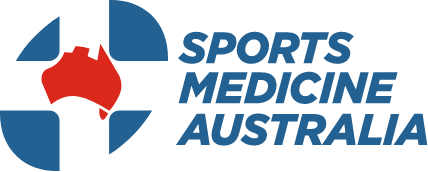The new Sports Medicine Australia (SMA) Extreme Heat Policy developed by Professor Ollie Jay (University of Sydney), Associate Professor Carolyn Broderick (University of NSW and Chief Medical Officer of Tennis Australia) and Dr James Smallcombe (Post-Doctoral Fellow, University of Sydney) is now available.
As the impact of climate change is seen globally, extreme heat is experienced during the summer in some parts of Australia while other parts of the country experience high temperatures year-round. There is an imperative need for updated evidence-based guidelines to provide all sporting participants with the tools and knowledge required for safe participation in extreme heat conditions.
Chief Medical Officer for Tennis Australia Carolyn Broderick emphasises the importance of the new policy as we see the temperatures continue to soar through summer sporting seasons.
“Extreme heat is becoming a major concern particularly for those involved in in summer sport. The new policy is intended to be used by all sporting stakeholders from community officials, sports trainers and volunteers through to elite level sport, relevant to both training and competition to provide safe guidelines for participation in extreme conditions,” Broderick said.
The policy has been developed based on new research undertaken at the University of Sydney in the Thermal Ergonomics Laboratory, and now accommodates the varied risks associated with individual sports and a revised risk assessment methodology, looking at heat risk not just from temperature but from both environmental (temperature and humidity, with consideration of sun/radiation and wind) and sport-specific factors (heat production, clothing/equipment), providing a continuous assessment of risk for combinations of factors.
Professor of Heat and Health at the University of Sydney Ollie Jay explains how the updated policy covers new ground.
“This updated policy eliminates blind spots of temperature and humidity that are present in the previous guidelines, and also provides protection under conditions that often occur in Australia that are very hot but dry, yet induce potentially dangerous levels of sweating and physiological strain during exercise” noted Jay.
“The policy provides the latest evidence-based recommendations around what people can do to mitigate risk using cooling interventions and strategies that have been scientifically shown to work, as opposed to conventional wisdom.”
Post-Doctoral Research Fellow in the Thermal Ergonomics Laboratory at The University of Sydney Dr James Smallcombe shared that the work isn’t stopping here, with further tools and research still to come.
“There are currently future plans to undertake further tailoring for specific demographics. For example, our on-going NHMRC-funded project grant at The University of Sydney will generate specific recommendations for children and youth. We also have a mobile app in development, where the user will input sport type, location and date of competition or training and start time, and will receive a risk assessment for their specific sport and recommendations for managing heat risks based upon the new policy,” shared Smallcombe.
SMA welcomes feedback on this policy. Please provide your feedback or questions to [email protected] and we’ll work with the policy authors to respond in a timely manner.
